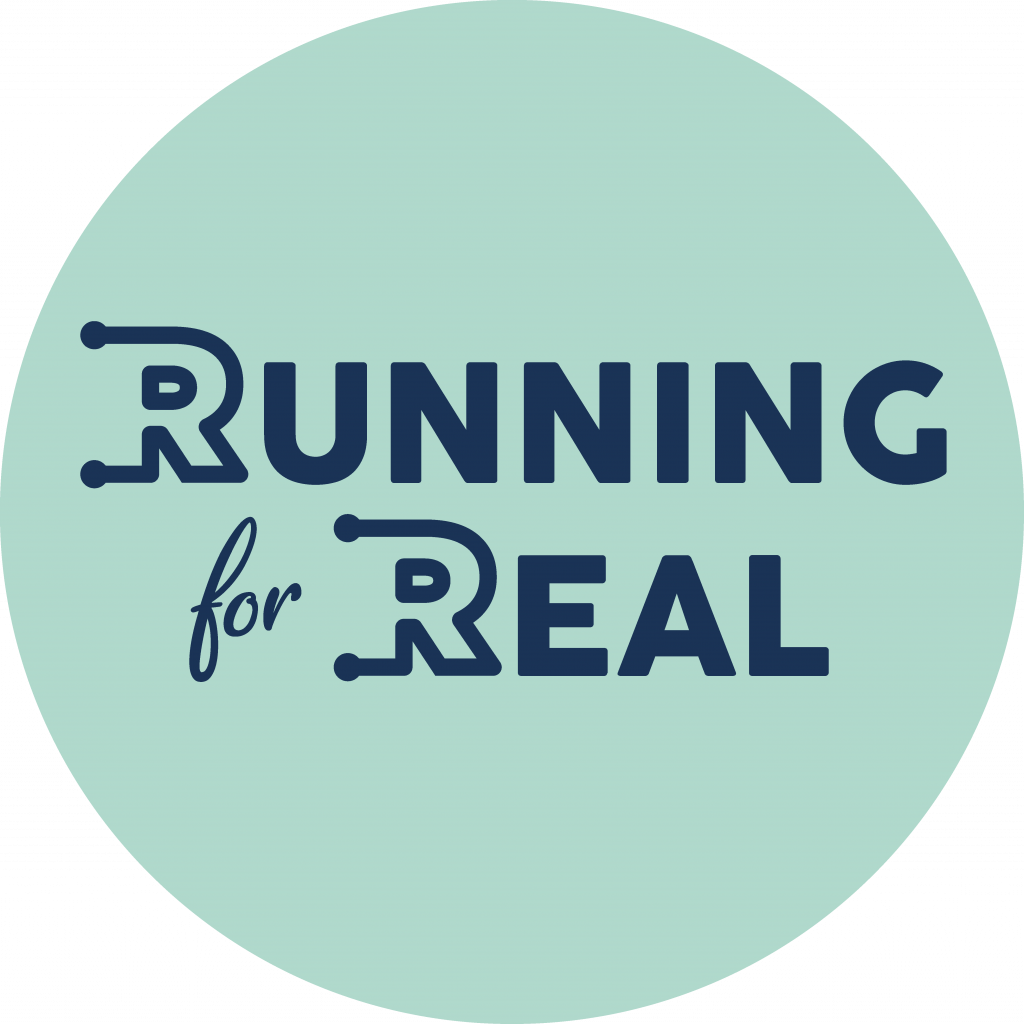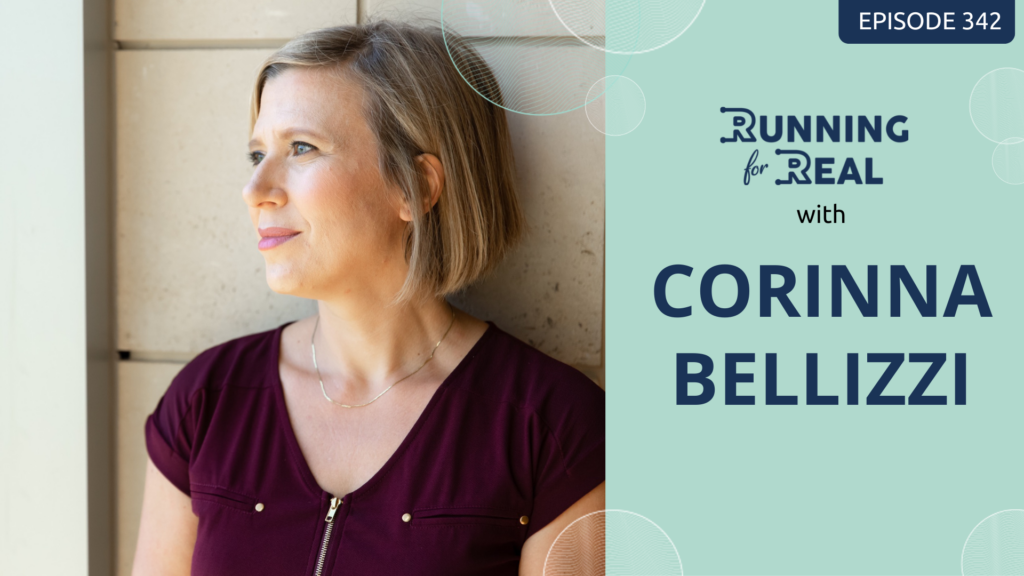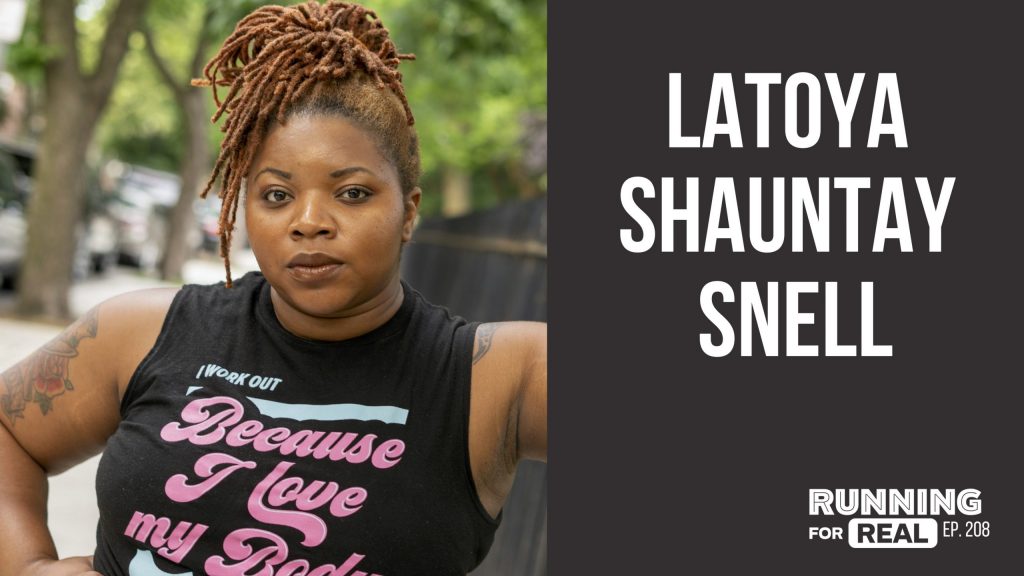Running with a Visual Impairment
For those that are visually impaired, life can seem challenging enough without adding running to the list. Getting from place to place, using new technologies, or feeling invisible to others can be daily obstacles. However, deciding to run with an impairment may be exactly the challenge you need.
Rich Hunter, found of United in Stride, was diagnosed with retinitis pigmentosa at the age of 22 as he was training to become an officer in the military. Stunned, he quickly changed gears and got his master’s degree and became a school psychologist. All the while he continued to raise a family and take each challenge step by step.
Rich has completed an Iron Man triathlon, a 100-mile race, and many other long-distance events. He is an advocate and spokesperson for the visually impaired community. He loves to run and has helped many others find joy in running.
Can I still run?
Yes Yes Yes!! More than ever, there are opportunities for the visually impaired to run. United in Stride is all about pairing visually impaired runners with volunteers. You can be guided during races or training sessions.
Can I still do what I love if I lose my sight?
Absolutely! Now, if your only passion is racing Nascar, then you may need to adjust your dreams. However, you would probably be surprised about what you can still do with less-than-perfect vision. Blind athletes have kayaked the Grand Canyon, climbed to the top of Mount Everest, and guess what, have even driven laps around a Nascar track.
This may also be a wonderful time to try some new things that you’ve always wanted to do. Have faith in your desires and goals and take it one step at a time.
How do I Speak to a Blind Person?
The simple answer is, just like you would speak with anyone else!
Visually impaired is the most commonly accepted term to use, although “blind” can be just as accepted depending on the person you are talking with. It’s safe to say that asking the individual what terms they feel comfortable with is the best way to go.
Ninety percent of people with a disability often feel invisible. More than anything, Rich encourages everyone not to be afraid of speaking about or to those with disabilities. Don’t succumb to your fears of offending someone. Instead, be okay with feeling awkward or making mistakes as you learn.
Lastly, be aware that there are grumpy blind people, just like there are grumps in every other group of people. If you find yourself accidently offending someone, remember what your intentions were and don’t let them stop you from being friends with people with disabilities.
How Can I Help the Visually Impaired Community?
Volunteering for United in Stride is a great start. Even if there aren’t opportunities for you to be a training guide in your area, sign up! Having people available for whenever there is a need is vital for providing running opportunities for everyone.
What’s the difference between Legally Blind and Completely Blind?
Legally blind is defined as someone who has 20/200 vision or worse in their best seeing eye. That means what a normal person can see from 200 feet away, they can see at 20 feet away.
Total blindness is the equivalent to not having eyes. This is actually rare, affecting only a small percentage of people with visual impairments.
Spectrum of Visual Impairments
Although you should approach everyone the same, as a human being, blindness doesn’t fit into one small box. Some people are born with visual impairments, some lose eyesight with age, and some lose vision after an accident.
What a person can actually see also varies. Some have a high reception to light and life is simply blurry, while others have trouble deciphering between light and dark. Most of all it’s important to remember that what is true for one, isn’t true for all.
Living in a Visual World
If you struggle with a visual impairment, know there are others out there. Your options are unlimited, and help is somewhere near. You will likely have bad days, and that is okay and normal. Sometimes it’s just about doing what you can, for Rich, that was simply taking a breath in the beginning.
“Stepping up to the next level isn’t that hard,” says Rich. If you focus on the next thing you can do, you will surprise yourself with what you can accomplish. Take a breath, then another, and keep doing the next small thing that you can.
Listen to the Running for Real Podcast here:
[podcast src=”https://html5-player.libsyn.com/embed/episode/id/11045153/height-orig/90/theme/custom/thumbnail/yes/direction/forward/height/90″ height=”90″ width=”100%” placement=”bottom” theme=”custom”]Apple (iTunes) Podcast | Sticher | Castbox | Overcast | Spotify | Google Play | iHeartradio |
For these little series of episodes I am not having sponsors because I want you to just get this information and concentrate on that because it is GOOD information. I want people to be able to feel loved, seen, and heard with these episodes. All I ask is that if you feel so cheeky to start supporting me on Patreon, it would be able to help me a lot! You get access to bonus interviews and upcoming guests, to where you could ask them a question.
Thank you SO much!!
Thanks for Listening! I hope you enjoyed today’s episode.
To share your thoughts:
Leave a note in the comment section below.
Join the Running for Real Facebook Group and share your thoughts on the episode (or future guests you would like to hear from)
Share this show on Twitter, Facebook, Instagram, or Pinterest.
To help out the show:
Leave an honest review on iTunes. Your ratings and reviews will really help me climb up the iTunes rankings and I promise, I read every single one.
Not sure how to leave a review or subscribe, you can find out here.
Thank you to Rich, I look forward to hearing your thoughts on the show.



